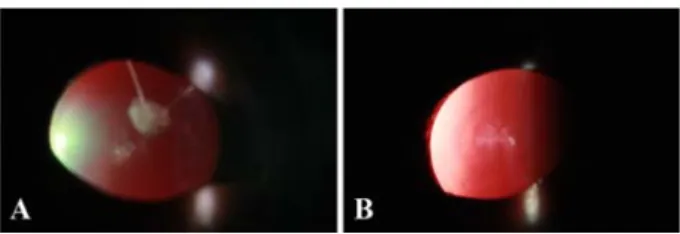관련 문서
Of these loci, we identified previously unreported independent second effects in TNFAIP3 and TNFSF4 as well as differences in the association for a putative causal variant in
As a affiliated company of Green Cross in the field of genome analysis, we provide disease diagnosis services, such as prenatal genetic test, oncogenomic analysis and
The index is calculated with the latest 5-year auction data of 400 selected Classic, Modern, and Contemporary Chinese painting artists from major auction houses..
Early efficacy signals in the mid dose cohort suggest positive biological activity and potential early clinical benefits. High dose adult cohort is currently ongoing with no
1 John Owen, Justification by Faith Alone, in The Works of John Owen, ed. John Bolt, trans. Scott Clark, "Do This and Live: Christ's Active Obedience as the
As a result of the simple analysis, we found that variables related to drinking problems of college students were religion, family, residence, parents'
Second, as a result of the IPA analysis of the sub-factors of audience perception, the factors of entry route were located in the first quadrant, the
The Incomplete diffuse type PVD found primarily in patients with diabetic retinopathy and retinal detachment and complete diifuse type PVD found primarily in patients

